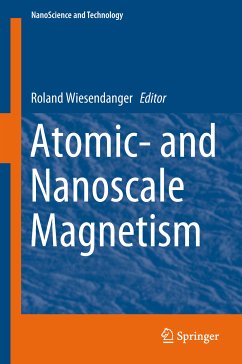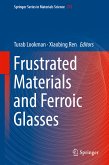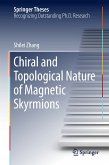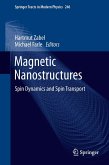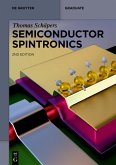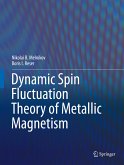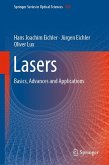Starting from the level of atomic-scale magnetic interactions, the book addresses the emergence of many-body states in quantum magnetism and complex spin states resulting from the competition of such interactions, both experimentally and theoretically. It also introduces novel microscopic and spectroscopic techniques to reveal the exciting physics of magnetic adatom arrays and nanostructures at ultimate spatial and temporal resolution and demonstrates their applications using various insightful examples. The book is intended for researchers and graduate studentsinterested in recent developments of one of the most fascinating fields of condensed matter physics.
Dieser Download kann aus rechtlichen Gründen nur mit Rechnungsadresse in A, B, BG, CY, CZ, D, DK, EW, E, FIN, F, GR, HR, H, IRL, I, LT, L, LR, M, NL, PL, P, R, S, SLO, SK ausgeliefert werden.
Hinweis: Dieser Artikel kann nur an eine deutsche Lieferadresse ausgeliefert werden.

